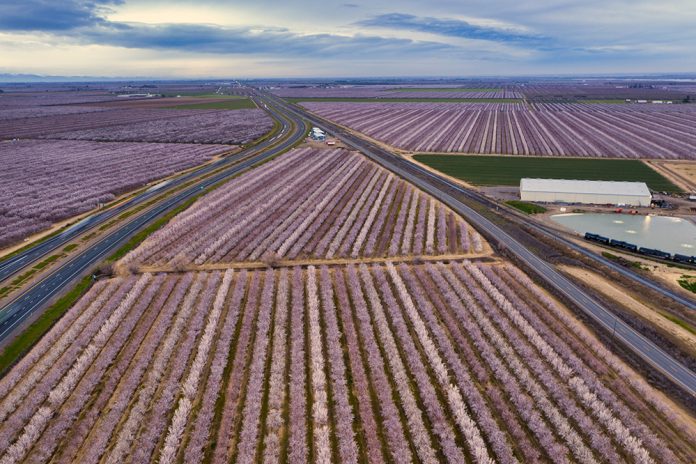In 2024, the agricultural sector faces a paradoxical challenge: rising input costs juxtaposed with declining commodity prices. This dual pressure squeezes farmers’ margins, urging a swift pivot towards innovative solutions. The key lies in agricultural technology (ag tech), a beacon of hope in this tumultuous landscape.
The Rising Cost of Inputs
Input costs, encompassing everything from seeds and fertilizers to machinery and labor, have been climbing steadily. Factors such as increased demand for agricultural products, labor shortages, and supply chain disruptions contribute to this trend. These rising costs erode the profitability of farms, making efficient operation more crucial than ever.
Declining Commodity Prices
On the other side of the coin, commodity prices are on a downward trajectory. Causes range from oversupply and changing dietary trends to global trade tensions. This decline means farmers must produce more, often with less, to maintain revenue levels, making efficiency and productivity paramount.
Benefits of Investing in Ag Tech
Ag tech presents a solution to these challenges. Precision agriculture, for instance, optimizes input usage, ensuring resources are used where they are most effective. Drones and satellite imagery provide real-time data on crop health, enabling targeted interventions. Automation reduces labor dependency, and biotechnology advances crop resilience and yield.
Early Adoption and Competitive Advantage
Early adopters of ag tech gain a significant advantage. Utilizing cutting-edge technology not only improves farm operations but also positions these farmers as leaders in efficiency and sustainability. This foresight often translates into better yield, quality, and ultimately, a higher return on investment.
ROI and Doing More with Less
The return on investment in ag tech is compelling. Innovations in this field enable farmers to achieve higher productivity while conserving resources like water and fertilizers. For example, sensor-based irrigation systems drastically reduce water usage while maintaining crop health. These technologies empower farmers to do more with less, a critical capability in the current economic climate.
As 2024 unfolds, investing in agricultural technology is not just advisable; it’s essential. In an era marked by rising input costs and falling commodity prices, ag tech is not merely a tool for survival but a strategic asset for thriving. Farmers who embrace these innovations will navigate the challenges ahead with greater ease and emerge stronger in an increasingly competitive and complex agricultural landscape.











